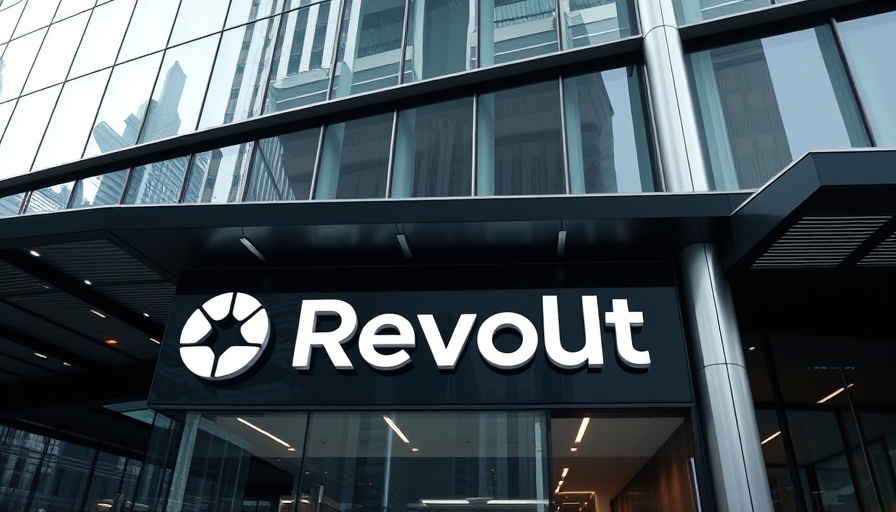
The Private Equity Struggle: A Brief Overview
In the wake of a challenging economic climate, private equity (PE) firms are feeling the pinch like never before. With fundraising totaling just $592 billion in the year leading to June, this marks the lowest amount seen in seven years. Despite PE firms rolling out generous incentives—think management fee cuts and enticing discounts for early investors—the funds just aren't flowing in as they once did.
Understanding the Downturn: What’s Behind the Numbers?
The sharp decline in fundraising, which is nearly a third down from the record highs of 2021, can be attributed to several key factors. Rising interest rates have made borrowing more expensive for many, while a slowdown in acquisition activity means that firms are struggling to liquidate older investments. Unsurprisingly, frustration among investors is growing—many are choosing to turn their backs entirely on new fund opportunities.
"We're presenting each prospective deal like a buffet of discounts," said Marco Masotti of Paul Weiss, emphasizing just how desperate the situation has become. Attempting to coax investors back with these incentives is not yielding the expected results.
The Political Impact: Tariffs and Their Ripple Effects
Political changes can have unexpected consequences, and private equity seems particularly vulnerable. Following the election of Donald Trump, many in the sector anticipated a significant boost in activity due to deregulation. Alas, this anticipated boom never fully materialized. Instead, imposing tariffs has thrown an additional wrench in the works. A recent survey revealed that as many as 33% of limited partners are planning to scale back their private market investments because of tariff-related costs. These costs are not only affecting investors but also consumers—Goldman Sachs anticipates that a significant chunk of those additional costs will be passed along to shoppers.
Small Businesses: A Silver Lining Amidst Gloom?
Interestingly, not all the news is dire. Despite the downturn in private equity, small and medium-sized businesses (SMBs) are reporting a surge in confidence. Research reveals that 75% of micro-SMBs feel optimistic about their survival heading into the next two years, up from 68% just months prior. This might suggest where the future of PE investment could lie; perhaps it’s time for firms to refocus their energies on empowering these smaller entities that are proving resilient despite the surrounding chaos.
What This Means for Business Owners
If you're a business owner generating $2M–$10M in annual revenue, it's crucial to stay informed about these trends. The current landscape could mean tougher negotiations for funding, but it also highlights opportunities for those who are willing to innovate. By positioning yourselves as adaptable partners who can manage costs and pivot in response to market conditions, you might find favor with investors eyeing promising avenues in this shifting landscape.
As the environment evolves, leaning into technology and fintech solutions could enhance your chances of securing needed resources. After all, these innovative solutions can optimize operations and build stronger value propositions for your business. Ultimately, now could be the perfect moment to assess your infrastructure and strategically plan for future growth.
Conclusion: Keep Your Eye on the Ball
While the private equity scene is facing unprecedented challenges, there is still hope for many businesses. By staying connected to market dynamics, understanding the implications of political changes, and aligning with promising sectors, such as medium-sized firms thriving against daunting odds, you'll be more equipped to navigate this steep terrain. Let’s not forget, resilience, adaptability, and a sprinkle of creativity are key in weathering any economic storm!
 Add Row
Add Row  Add
Add 



Write A Comment